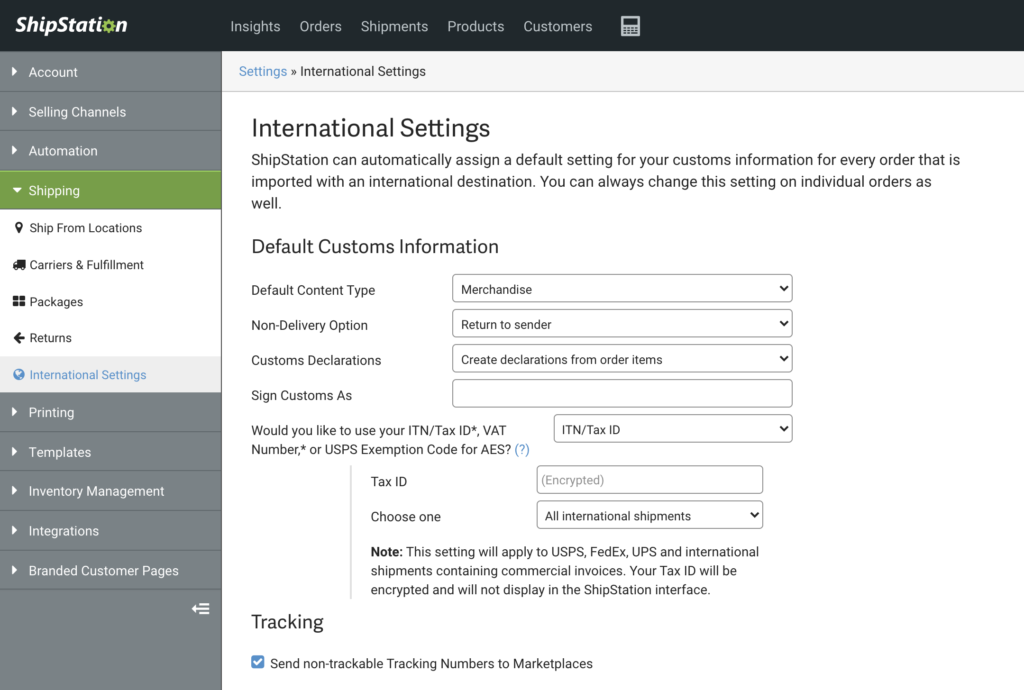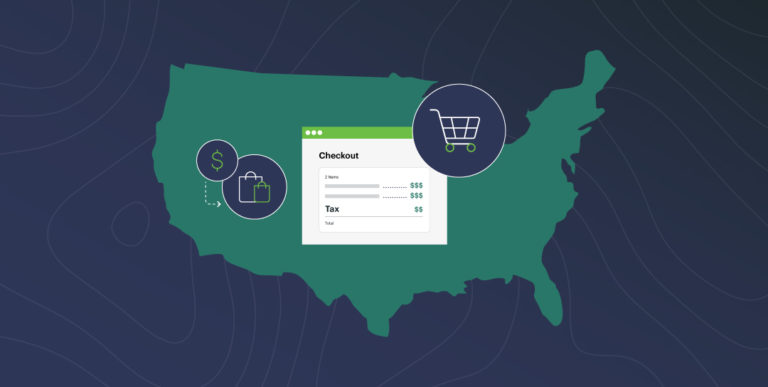International Shipping Made Simple
International shipping can be an obstacle to many growing merchants. But while it is more difficult and expensive than domestic shipping, it’s not as challenging as it may appear. Sure, it has narrower profit margins, but knowing what to expect can simplify the process. Once you know how to charge and ship customers, it is not nearly as complex or expensive as you may think. Finding ways to grow your business into foreign markets can further establish your business internationally.
What’s Required to Ship Internationally?
To ship internationally, you need to have customs forms and other appropriate documentation included. Luckily, these are generated in ShipStation. ShipStation won’t print an international label without customs forms being generated. However, this does not mean that the included forms are everything required for your shipments.
Some international markets like Canada are relatively simple to ship to and carriers like USPS even generally include the customs information right on the shipping label. Some markets like Europe can be a little more complicated due to changes in VAT taxes.
The best way to ship internationally is to have carriers that support shipping outside of the US. With ShipStation, you get access to discounted shipping rates from top carriers around the world. To find the most affordable carrier options, head to our cheapest way to ship section.
Furthermore, international shipping may require or advise you to use harmonization codes. These allow your shipments to more easily pass through customs. It is advisable to use these in addition to customs descriptions. It may require less inspection when crossing into a new country.
Claim Your Free 60-Day Trial!
Sign up today for full access to ShipStation and start saving.
How to Get Started with International Tax Filing
Finding ways to comply with international taxes and other requirements is not something ShipStation handles. While you can certainly create international shipments in ShipStation and have your customers pay the import fees on their orders, you may need ways to take your compliance and strategy to the next level. Services like Avalara enable you to streamline international taxes and duties so your international shipments can reach their final destination more quickly and efficiently.
What ShipStation Generates for International Shipments
ShipStation supports a wide range of customs forms. There are some use cases where you may need to produce additional customs forms or set up various international endorsements outside of ShipStation, but those will not impact the average Shopify seller.
Does ShipStation Automatically Generate Customs Forms?
If customs forms are required for a shipment and it’s a supported customs type, ShipStation will create the form and it will print out with the shipping label. Additionally, if your customs forms are submitted electronically, ShipStation will transmit this through the carrier. And whenever the shipment crosses the border, any new documentation or label that needs to be applied to the parcel will be. Furthermore, you will need to fill in customs declarations for your shipments.
How to Enter Customs Line Items
Customs line items can auto-populate based on the items in the order, or you can create your own customs line items. Additionally, you can prefill your customs forms for international shipments.
Customs Forms ShipStation Creates
We print out customs forms for USPS, UPS, FedEx, DHL Express, and more. But we also support electronic submission of customs forms. This includes:
- EDI: Electronic Data Interchange, used by UPS
- ETD: Electronic Trade Documents, used by FedEx
- PLT: Paperless Trade, used by DHL Express
For more information on the types of customs forms you can print in ShipStation, how to access them, and what is and isn’t supported, read our International Shipping guide.
Paying Taxes and Duties
Duties and taxes are some of the more annoying parts of international shopping. Ultimately, these are seen as ways of offsetting the fact that these items could have been manufactured or bought domestically. But the average customer or merchant isn’t usually too concerned with the scope of global commerce when they’re ordering a shirt from someone.
Do I Pay Customs Fees or Does My Customer?
If you simply create a shipment as is, the recipient is responsible for paying their shipment’s customs fees. These fees are associated with the customs forms filled out prior to label generation.
Bill Duties to Payor
If you wish to pay the duties instead of your customer, select the Bill duties and taxes to payor of shipping charges option on available shipments. This will allow you to pay instead of the customer. Frequently, merchants that pay the shipping duties tend to inject the costs into the shipping fees they charge customers at checkout. This just makes for a more seamless shipping experience for international customers.
Can I Print International Return Labels?
Neither ShipStation nor any of our carrier partners offer the option for international return labels. Due to the complexity of international shipping, you will need to have your customer initiate the return process by heading to their local carrier and initiating an outbound shipment to you. One way to account for this is to automatically assign a different email template for international shipments outlining any potential return steps.
What If an International Shipment isn’t Delivered?
For shipments that cannot clear customs or are unable to make final delivery, you have the option to return to sender or treat as abandoned. These are options and more are found on the International Settings tab in ShipStation:



